Gonzaga vs Sanseverino: I Fart in Your General Direction
Buckle up, friends, it’s time for the real life “I fart in your general direction”: Marquis Francesco Gonzaga’s unforgettable reply to the 1503 duel challenge from Galeazzo Sanseverino. (Part of my countdown to “Inventing the Renaissance.”)

I posted last time introducing Galeazzo Sanseverino “Son of Fortune”, the famously handsome mercenary captain and lover of Duke Ludovico Visconti-Sforza who held such sway in his beloved’s city that the Milanese called him “the Second Duke.” Everyone doted on Galeazzo, even the French generals he fought wars against! And also the nearly-impossible-to-please Isabella d’Este, sister of the Duke of Ferrara, the famous art lover, patroness of Leonardo da Vinci, and the most easily affronted woman in the Renaissance.
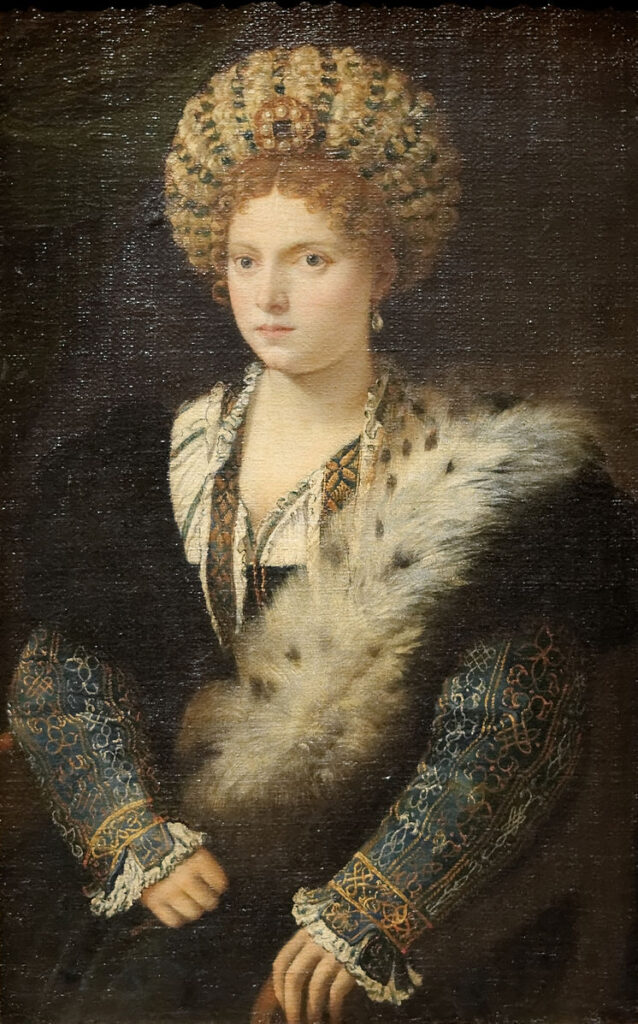
The only people who did *not* love the dashing and fortunate Galeazzo were rival mercenary commanders who lost out on valuable commissions leading Milan’s armies as Ludovico started promoting his beloved over all others.
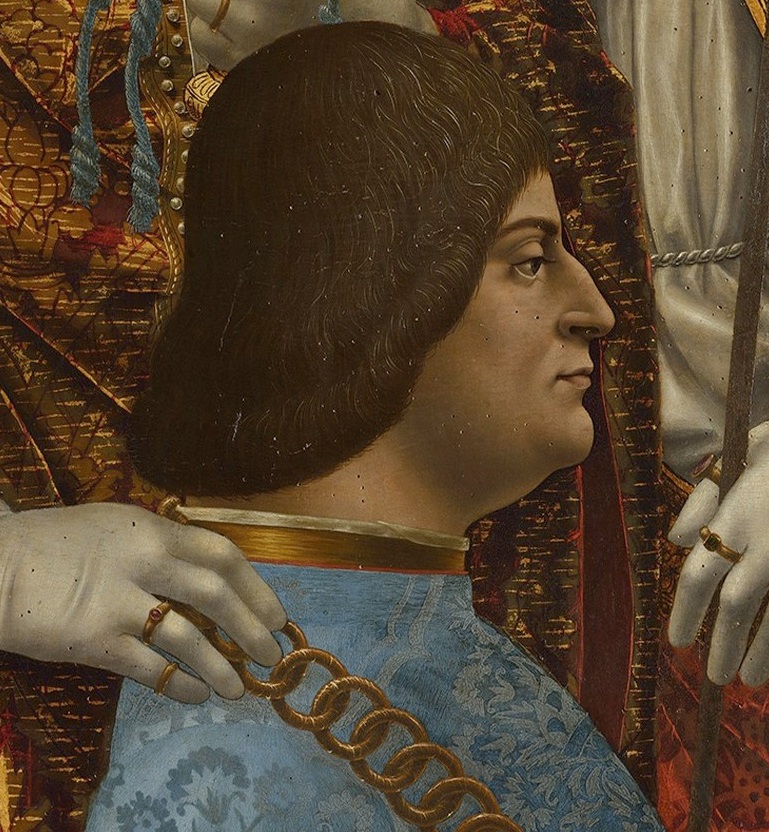
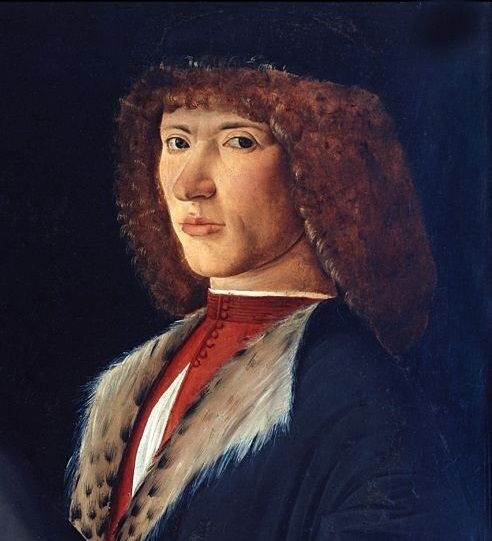
Trusting one’s lover with one’s armies was (not a bad tactic, since your true love *will not* change sides for cash mid-war, like mercenaries so often did) – for a sample of strategic side-changing see William Caferro’s fabulous book on John Hawkwood.
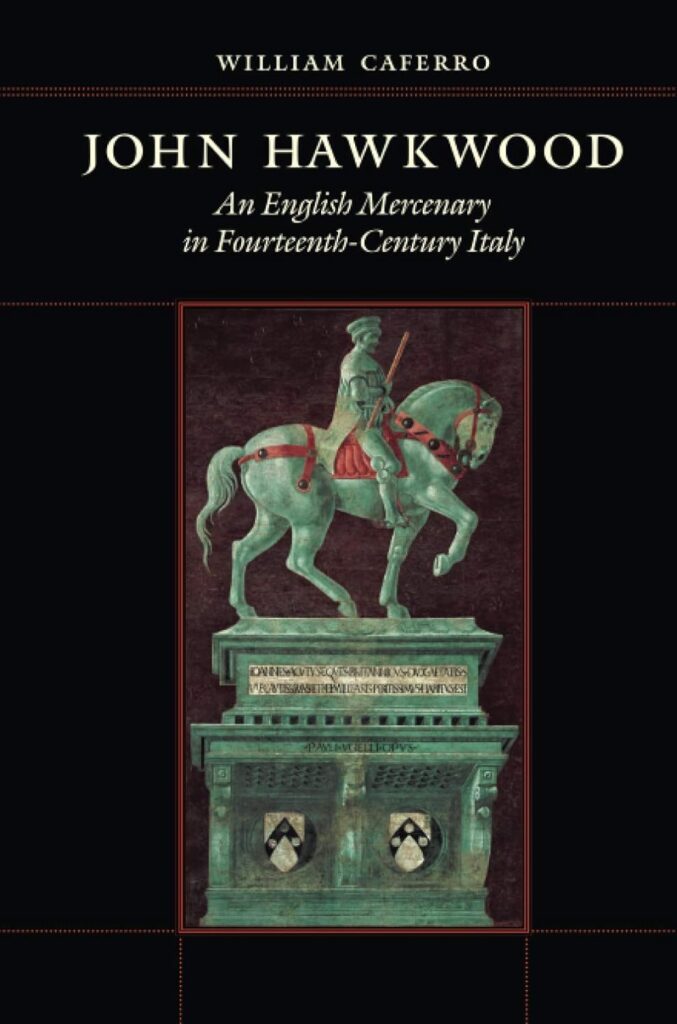
One rival who lost out through Galeazzo’s promotion was Francesco Gonzaga Marquess of Mantua, a formidable military commander and ruler of a very militarily important city-state strategically positioned in the intersection of Milan’s territory, Venice’s, and Ferrara’s.

Francesco Gonzaga came from *extremely* noble stock: his mother and grandmother were kinswomen of the Holy Roman Emperors, his sister Elizabetta the Duke of Urbino, and he himself married the splendid Isabella d’Este (sister of Galeazzo’s lover Ludovico’s wife Beatrice, who also *loved* Galeazzo).
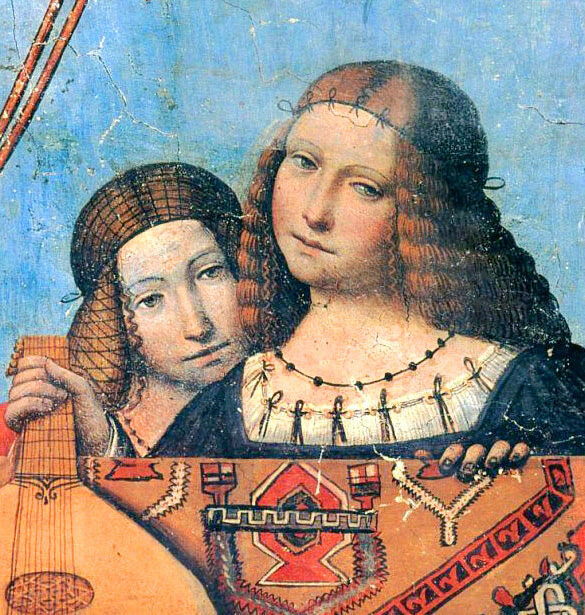
When tensions mounted until Galeazzo challenged Francesco Gonzaga to a duel (by letter), Francesco began his unforgettable reply with: “Prù—this is a fart sound I make with my mouth with the addition of a fuck-you gesture (manichetto) and a fig sign.”
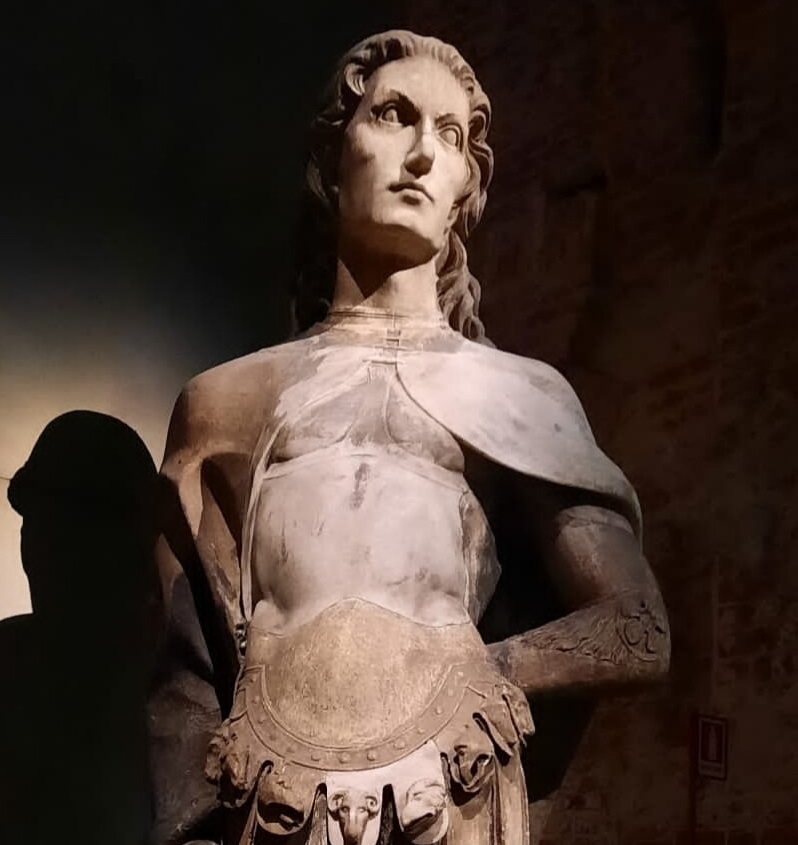
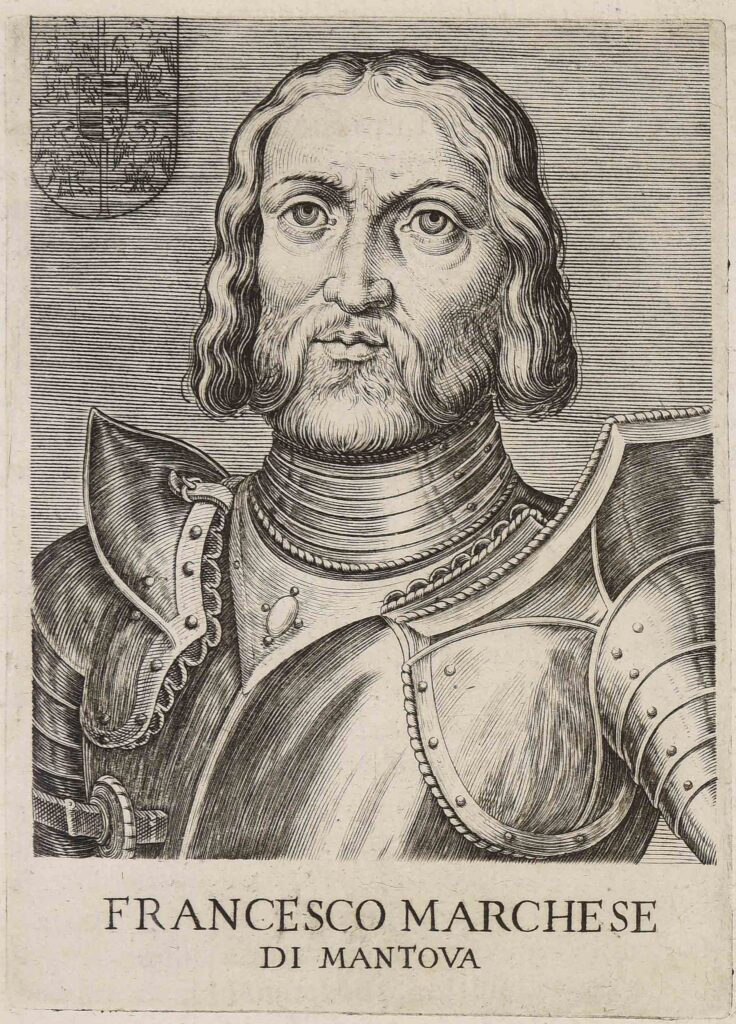
Gonzaga, the letter continues, was lord of the great city of Mantua, Galeazzo a born vagabond who lived “like dogs do at the expense of others,” a prostitute famous only for his “ass favors,” adding “I have my parties at the door of others, not at mine,” i.e. when I have gay sex I’m on the top, you’re on the bottom! Such ferocious sexual language was not unusual from Gonzaga, a man who often sealed his letters, not with a signet ring with his coat of arms, but an image from an ancient Roman token depicting a couple having anal sex.
We aren’t 100% sure how these tokens were used in antiquity, but many thousands exist depicting different sex acts. One theory is that they were tokens used at brothels; one bought them at the central cashier and redeemed inside, like ordering off a menu with tokens with a photo of the food, and Gonzaga was a collector of antiquities, especially *crude* antiquities.
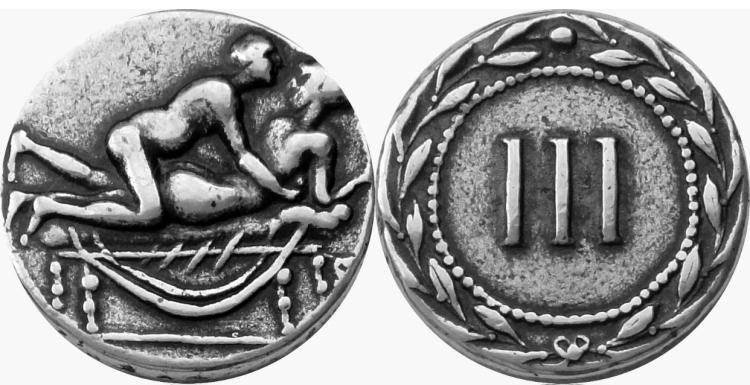
Ancient Rome left us *thousands* of phalluses: phallus-shaped lamps, ceramic good luck phalluses displayed by the doors of shops to bring abundance, the many phalluses broken off of ancient statues by accidents or deliberate art censorship, and Gonazaga was one of many collectors.

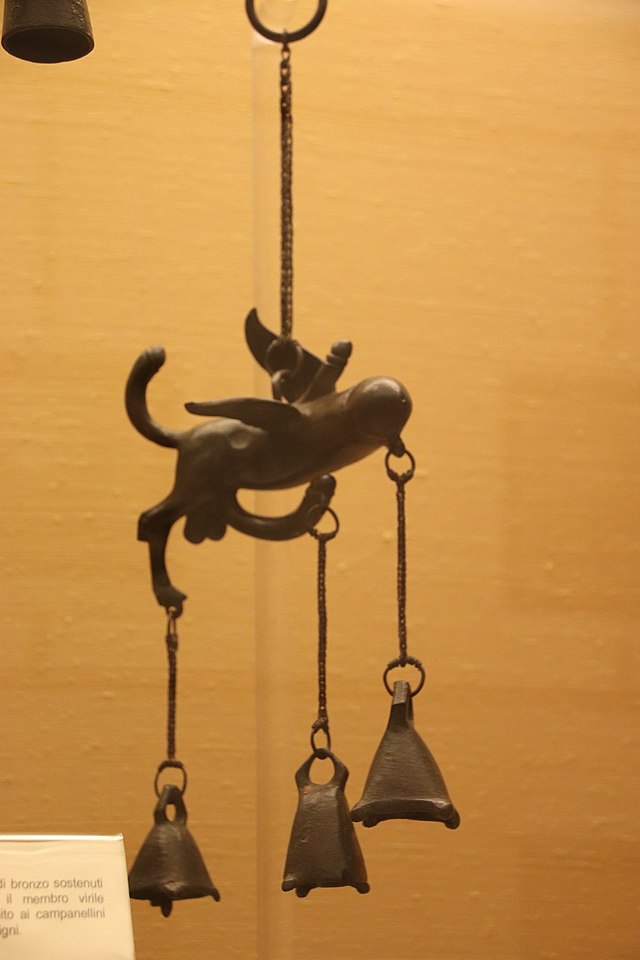
For those wondering, Gonzaga *did not* use the anal sex image to seal letters to his wife Isabella d’Este, he had a more formal seal for such letters– there are fascinating collections of their letters, showing their negotiated co-rule of Mantua and almost good-cop-bad-cop balancing of performance of power.
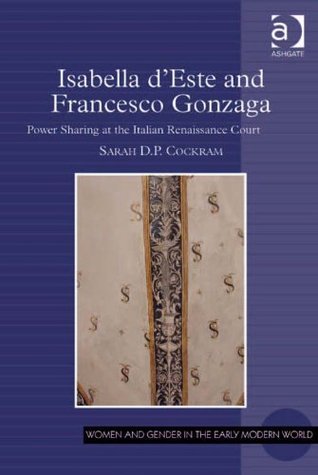
Gonzaga also had a love-affair with his sister-in-law Lucrezia Borgia, wife of Isabella’s brother Duke Alfonso d’Este of Ferrara. Lucrezia’s more famous affair was with the poet-scholar Pietro Bembo, whose exchange poetic romantic letters Byron called “The Prettiest love letters in the world.”

The Lucrezia-Gonzaga letters are *not like that*, and much more along the lines of “Let me describe my enormous penis.” “I love when you describe your enormous penis!” Their contrast with the Lucrezia-Bembo letters reveal Lucrezia as who enjoyed many different genres of love & relationship. Francesco Gonzaga’s refusal to duel Galeazzo Sanseverino, though hilariously dramatic, was also strategic, magnifying the differences between the two of them in order to avoid risking losing face if he lost the duel against Galeazzo. Given that this is 1503, many are surprised to see gay sex be so overt, both in Gonzaga’s letter and Galezzo’s relationship with Duke Ludovico, a gay relationship fully public in the face of all Italy. Didn’t the Inquisition police such things with an iron fist? Yes *and* no.

The answer is that Renaissance justice was extremely malleable if one had *political influence* meaning in the period *patronage*. If you were powerful (duke, marquis, cardinal) you *and those in your favor* could get away with anything, and not just local enforcement but even the Inquisition didn’t dare interfere. There’s a letter from a friend in Rome to Machiavelli saying Rome is cracking down on homosexuality, and all their gay friends *who don’t work for cardinals* are scared & doing things like hiring female prostitutes to hang around & make them look straight. Those who work for cardinals are safe. Elite favor created bubbles of liberty beyond the law. We even have letters of inquisitors complaining to each other about dukes insisting their courtiers and favorite scholars be allowed to have and read banned books, and that they can do nothing. The Inquisition needed local authorities to cooperate with them, lend them troops, jail cells etc., and the popes were from political families and needed allies, and would rather let the Duke of Milan parade his boyfriend around than piss him off in the middle of a French invasion.
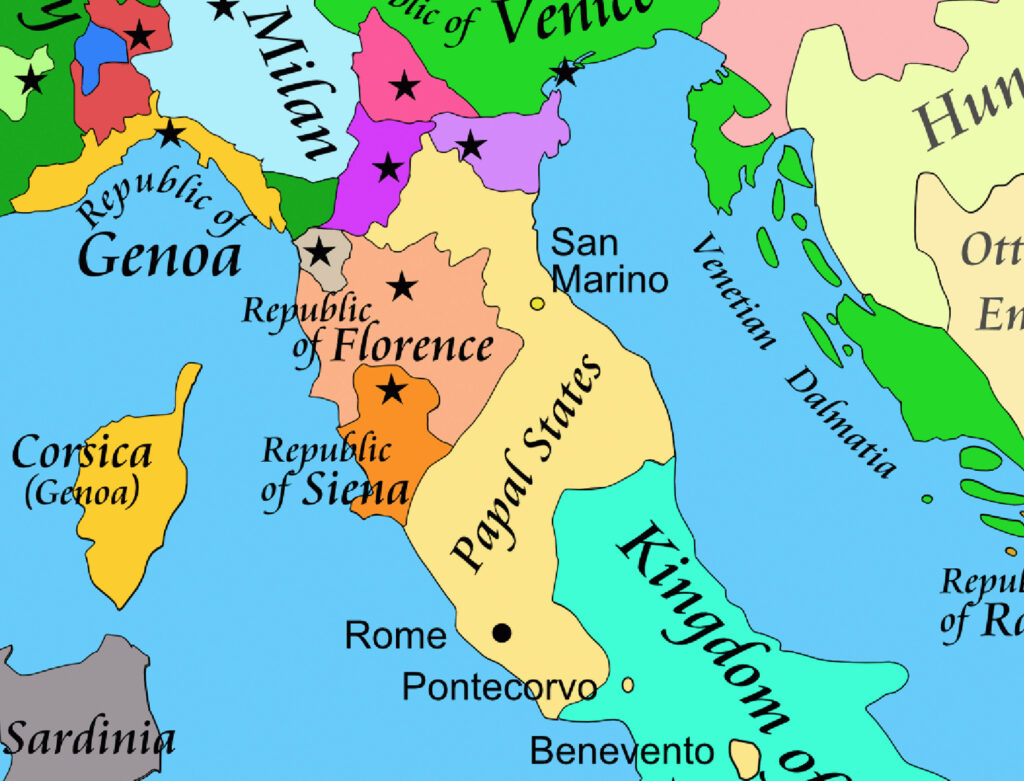
This applied high & low: in Florence, a carpenter who works for a middlingly-important family gets in trouble, he writes to his employer, they write to a bigger family they serve, & a letter from Lorenzo de Medici or Palla Strozzi gets the sentence on the books (death!) reduced to a small fine.
Goldsmith Benvenuto Cellini’s unreasonably interesting autobiography describes how he would wait until he had a major commission from a pope or a king & *then* murder someone he hated, knowing the patron will get him off in order to still get the art they commissioned. Cellini *boasts of this* expecting the audience to be impressed with his cleverness in manipulating the system to get away with murder, maiming, vandalism, necromancy (really!), and a variety of sexual exploits. Cellini’s idol & role model, famously gay Michelangelo, was similarly never in danger since his boss was always a pope or duke. Even a pope authorized a crackdown on the general populace, it didn’t apply to the man painting His Holiness’s ceiling.
This is why those goons at the start of Romeo & Juliet are willing to risk their lives for the Montagues & Capulets: Lord Capulet is their social safety net, who’ll care for them if they’re disabled, raise their orphans if they’re killed, get them off if they commit crimes, and protect them if they’re queer.
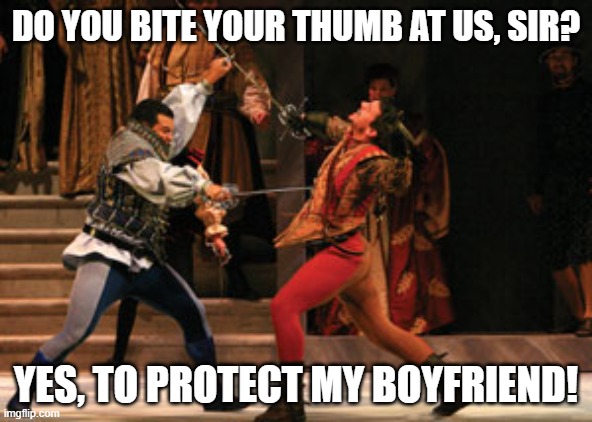
This flexible judicial system—one sentence on the books, a much lighter one if someone important writes a letter—is how homosexuality, radical heterodoxy etc. could be illegal yet *not* covert, and how the ferocious sentence in the law (Off with his head! Off with his hands!) was so rarely enforced that it’s the aberration, not the norm. My friend Michael Roche’s brilliant book “Forbidden Friendships” shows how 40% to 60% of Florence’s male population was indicted for sodomy (a capital offense!) at some point in their lives, yet practically all indictments ended with a fine.

The exception was if you fell out of the patronage system. If you pissed off your patron, suddenly you face a ferocious justice system which will happily dismember you in the town square make an example. The message: don’t commit crimes *and anger the duke* or this will happen. This is one more way the Renaissance judicial system (then as now) operated as a tool to keep elites in power, and to keep populations obedient to elites. It’s a big part of why Enlightenment thinkers thought that making standardized sentences (one crime = one punishment) would be equalizing. Elites abuse post-Enlightenment judicial systems in many ways too, but it’s neat to be reminded what the principle of “Equality under the law” hoped to end, a world in which the desire to live and love as one wished in safety (or read and think as one wished) was another chain binding you to obedience.
I treat the entanglement of patronage and law at much greater length in “Inventing the Renaissance,” how it bound every layer of society together in a system whose coercive power is a cheering reminder that, while today’s society has many flaws, we have taken some real steps toward equality.

One Response to “Gonzaga vs Sanseverino: I Fart in Your General Direction”
-
[…] It was in this phase that he challenged the ferocious Francesco Gonzaga to a duel (a story that’s now a new post!), but eventually he entered the service of the French King Louis and was still so charming he […]


